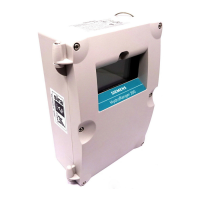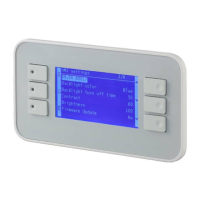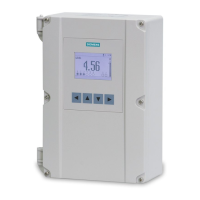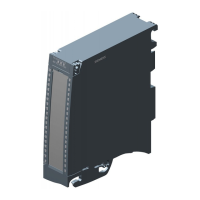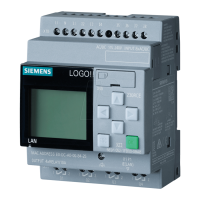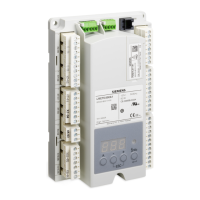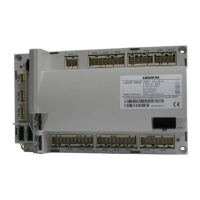hwc_intro.fm
A31003-W1040-U101-1-7619, July 2006 DRAFT
HiPath Wireless Controller, Access Points and Convergence Software V4.0, C10/C100/C1000 User Guide
29
Overview of the Controller, Access Points and Convergence Software solution
Conventional wireless LANS
3 Overview of the Controller, Access Points and
Convergence Software solution
This chapter describes HiPath Controller, Access Points and Convergence Software concepts,
including:
● Conventional wireless LANS
● Elements of the solution
● Controller, Access Points and Convergence Software and your network
● System Configuration Overview
The next generation of Siemens wireless networking devices provides a truly scalable WLAN
solution. Siemens Wireless APs are fit access points controlled through a sophisticated
network device, the HiPath Wireless Controller. This solution provides the security and
manageability required by enterprises and service providers.
The Controller, Access Points and Convergence Software system is a highly scalable Wireless
Local Area Network (WLAN) solution developed by Siemens. Based on a third generation
WLAN topology, the Controller, Access Points and Convergence Software system makes
wireless practical for service providers as well as medium and large-scale enterprises.
The Controller, Access Points and Convergence Software system provides a secure, highly
scalable, cost-effective solution based on the IEEE 802.11 standard. The system is intended
for enterprise networks operating on multiple floors in more than one building, and is ideal for
public environments, such as airports and convention centers that require multiple access
points.
This chapter provides an overview of the fundamental principles of the Controller, Access
Points and Convergence Software system.
3.1 Conventional wireless LANS
Wireless communication between multiple computers requires that each computer is equipped
with a receiver/transmitter—a WLAN Network Interface Card (NIC)—capable of exchanging
digital information over a common radio frequency. This is called an ad hoc network
configuration. An ad hoc network configuration allows wireless devices to communicate
together. This setup is defined as an independent basic service set (IBSS).
An alternative to the ad hoc configuration is the use of an access point. This may be a dedicated
hardware bridge or a computer running special software. Computers and other wireless
devices communicate with each other through this access point. The 802.11 standard defines
access point communications as devices that allow wireless devices to communicate with a
distribution system. This setup is defined as a basic service set (BSS) or infrastructure network.

